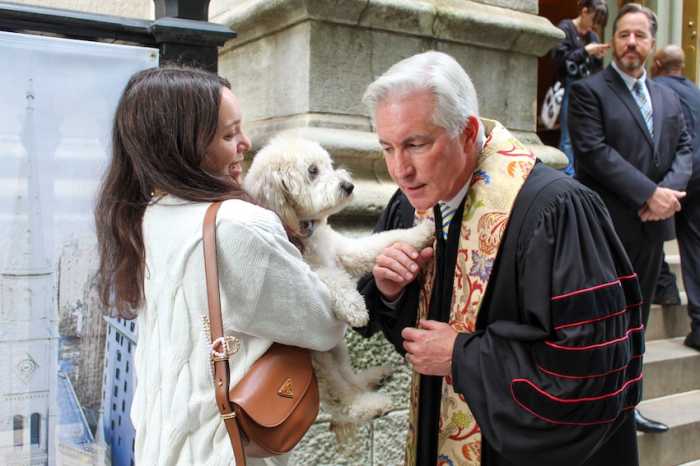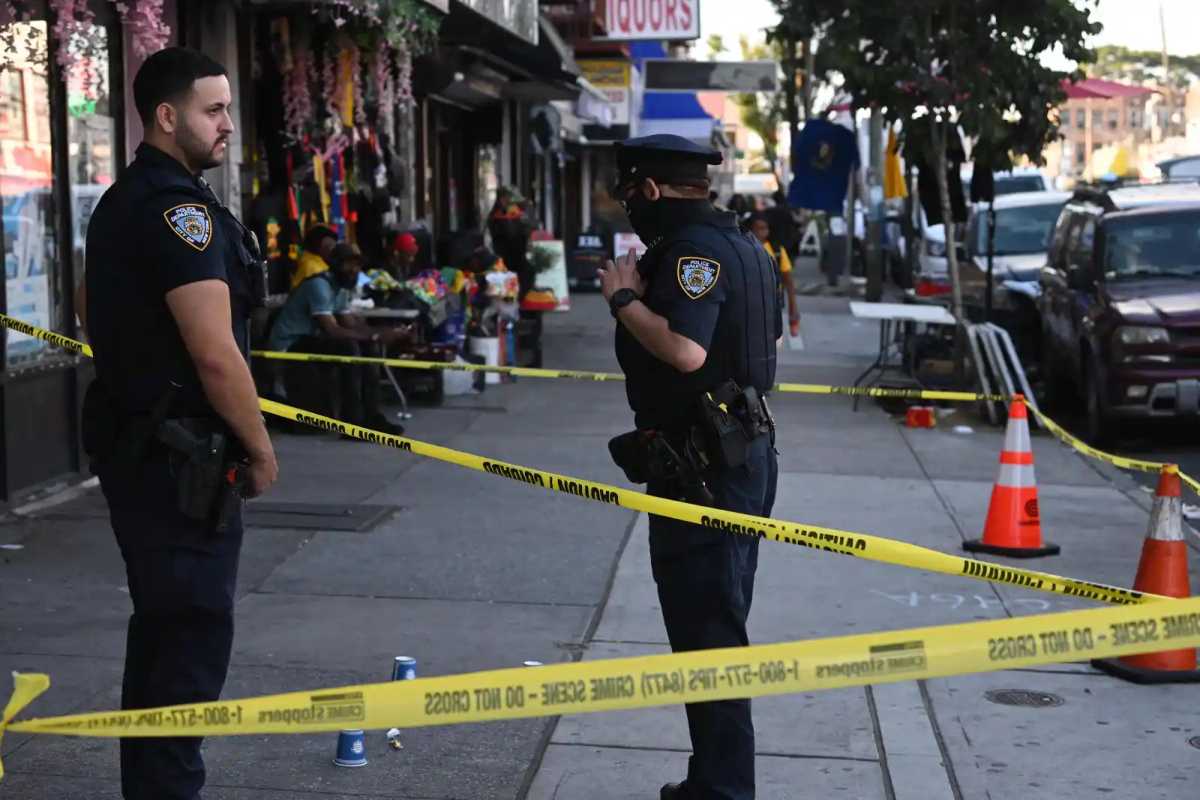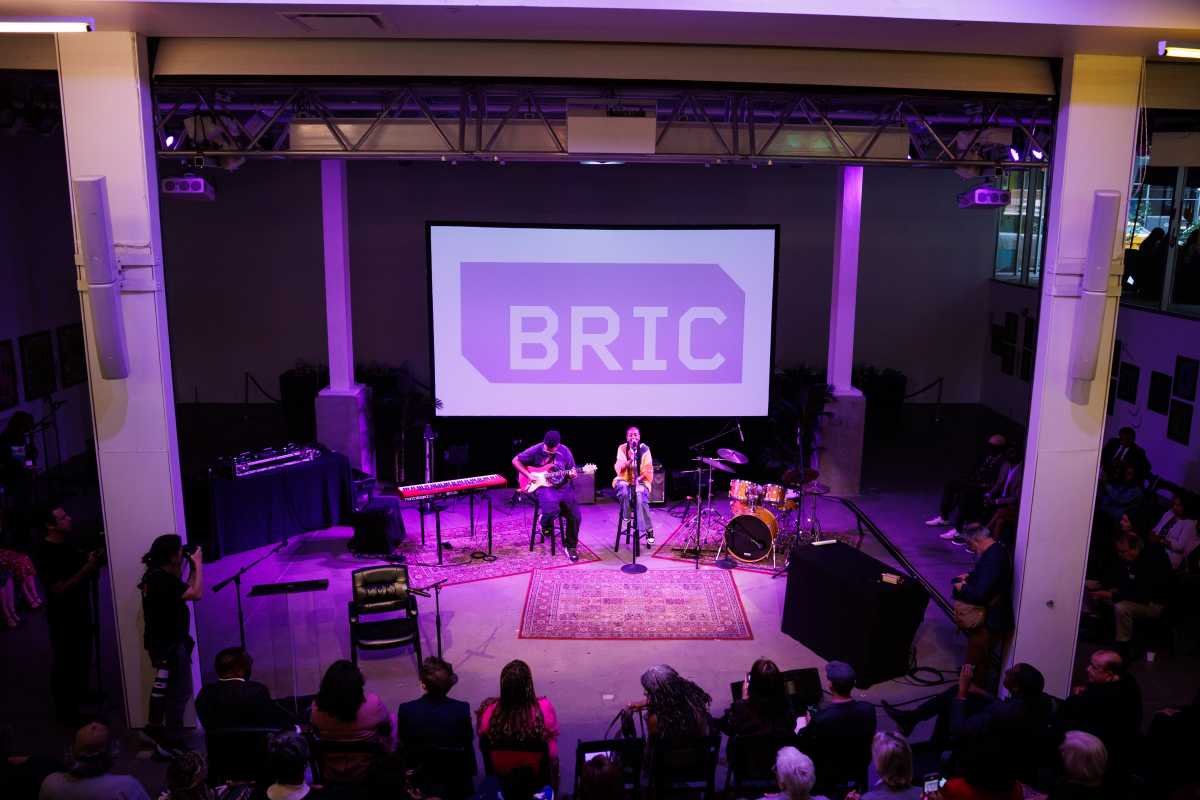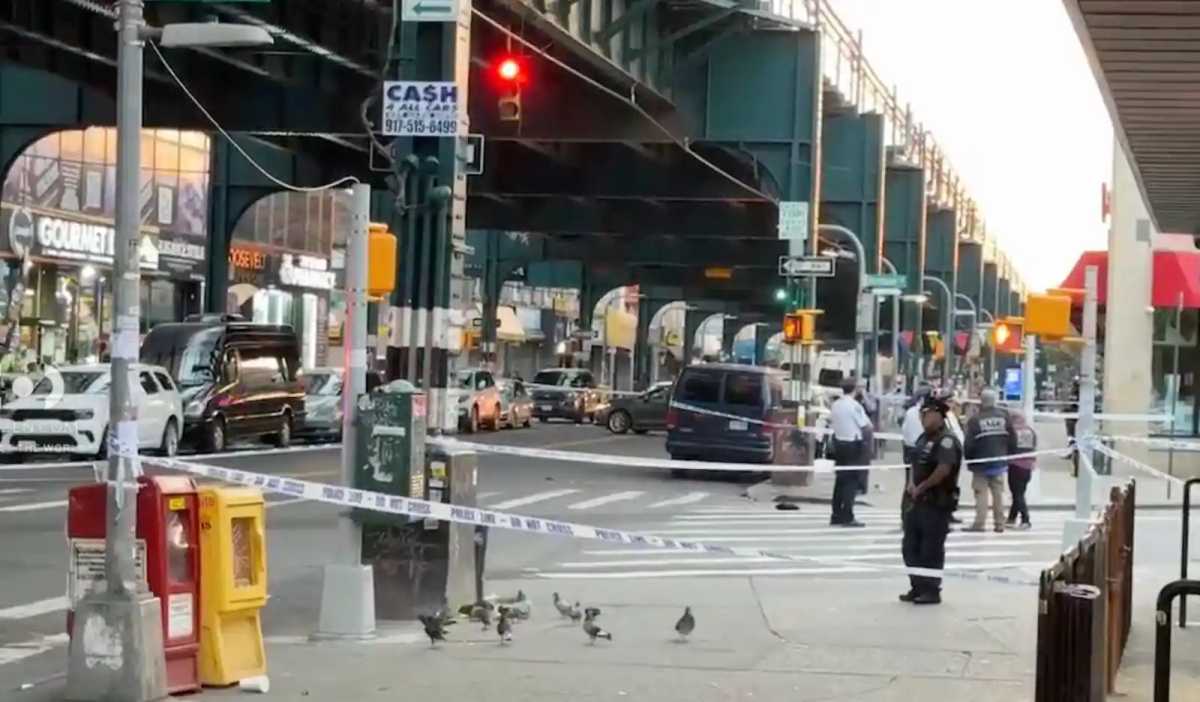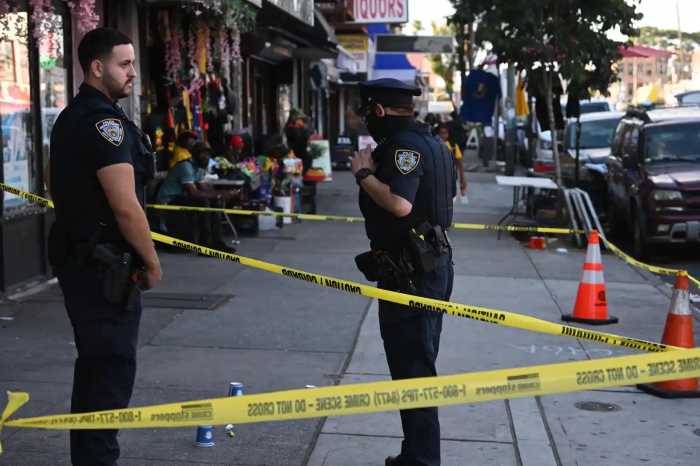If the newly designated Chinatown and Little Italy Historic District had a mascot, maybe it would be Marco Polo.
The Italian explorer traveled to China over 700 years ago, bridging a language and culture gap to teach each society about the other.
Over the past 100 years, the same intersection of cultures occurred across a much smaller distance: the blocks of Lower Manhattan’s Little Italy and Chinatown neighborhoods. To honor the area’s architecture and history, the State Historic Preservation Office designated the Chinatown and Little Italy Historic District by a unanimous vote Sept. 15.
“It’s probably the most harmonious interracial community that has ever been,” said Victor Papa, president of the Two Bridges Neighborhood Council and leader of the historic district effort. “I can never recall anything that was discordant or tense.”
The district is a narrow rectangle that includes Columbus Park and is roughly bordered on the south by Worth St., on the west by Mulberry and Baxter Sts., on the north by E. Houston St. and on the east by a line between the Bowery and Elizabeth St. The state said earlier this year that the neighborhood was significant because of the remaining tenement architecture and the immigrant groups’ social history.
Because Marco Polo embodies the district’s spirit so well, Papa is planning a Marco Polo Day celebration for the district on the afternoon of Sun., Oct. 18. Featuring cultural performances and food, the celebration will be held on Grand St. between Mott and Mulberry Sts. from 1 to 4 p.m. By mid-October, the National Register of Historic Places may have added the district to their list as well.
Unlike city landmark districts, the state and national designations do not restrict property owners from altering (or demolishing) their buildings. But the state designation does offer tax breaks and incentives for property owners who do preservation work, and it will likely be a boon to tourism in the area.
“It’s good for Chinatown and Little Italy because it’s a larger framework for both communities to address the issue of preservation and the issue of economic development,” Papa said. “It will make Little Italy and Chinatown a destination point.”
Papa hopes the new district will focus attention on the Italian and Chinese immigrants who settled on the same streets and patronized each other’s shops, each learning phrases of the other’s language.
“We hope to make something of that story,” Papa said.
— Julie Shapiro









